Table of Contents
Gymnosperms And Angiosperms:
General Characters of Gymnosperms:
- The ‘Gymno’ means naked and ‘Sperm’ means seeds. So, Gymnosperms are seed plants without flowers.
- These are heterosporous i.e. produce two types of spores, the microspores and megaspores.
- The microspores develop into male gametophyte and the megaspores develop into the female gametophyte.
- The main plant is a diploid sporophyte and gametophytes depend on it for their nutrition.
- Conifers or cone-bearing plants are the largest Gymnosperms. Example- pine, fir, spruce, cedar etc.
- Xylem in gymnosperms is composed only of tracheids and wood parenchyma. Wood fibres and vessels are absent. Thus the gymnosperms are softwoods rather than hardwoods.
- In phloem, sieve cells are without companion cells.
- Gymnosperms are mainly woody plants represented by trees, shrubs etc. They are perennials. Sequious are one of the tallest trees and also a longest-living tree. Ginkgo, the maidenhair tree which is found only as single species called as living fossil. Ephedra is mainly found in desert regions. An unusual gymnosperm Welwitschia, found in Africa, most of this plant exists underground and bears two large strap-like leaves.
- They are mostly evergreen plants.
- The extensive taproot is present in gymnosperms to provide for proper anchorage to heavy tops. In many cases, roots form an association with algae (coralloid of cycads) and fungi (mycorrhizal roots of conifers).
- The stem is erect, aerial and woody. The early stem is underground and tuberous in cycads. It is also largely unbranched. In others, the stem is branched monopodially.
- All gymnosperms, except gnetophytes, possess archegonia. An egg is large. A neck canal cell is absent or ephemeral. Venter canal cell is also short-lived.
- Seeds are naked and not embedded in fruit.
- The seeds are produced in female cones.
- Cones are spore-bearing structures.
- Seeds represent three distinct stages- parent sporophyte, gametophyte and future sporophyte.
- Ovules are naked or exposed, sessile, straight (orthotropous) and unitegmic. Bitegmic ovules occur in Gnetum.
- The fertilization is of Siphonogamous type. Water is not essential for fertilization as the male gametes are non-motile.
- Pollination is carried by the wind. Polyembryony is of common occurrence. Example– Pinus, Cycas and Ginkgo.
Economic Importance of Gymnosperms:
- Conifers provide a large quantity of softwood which is used for construction, packing, wood and paper industries.
- Turpentine and resin are prepared from pine resin.
- Pinus seeds like chilgozas are eaten by animals and men.
- Pinus yield chir oil which is used as stimulant and expectorant.
- Some gymnosperms are an important source of tannin used in the tanning of hides, in curing of leather and in the manufacture of some kind of writing ink.
- Some conifers trees like Pinus, Thuja are used in ornamental planting in garden and parks.
General Characters of Angiosperms:
- Angiosperms mean ‘enclosed seed’. The seeds of these plants develop in an organ called ovary in the flower and are embedded in fruit.
- They may be herbs, shrubs, or trees and grow on all sorts of environment.
- Primary root develops from radicle. It forms a tap root system. In many angiosperms, roots develop from places other than radicle. They are adventitious roots. Some plants use adventitious roots for clinging, support and absorption of water from wet air.
- The seeds may have one or two cotyledons to store the food.
- The leaves may have parallel or reticulate venation.
- Xylem has vessels.
- Phloem contains sieve tubes and companion cells.
- The pollen grains (male gametes) and egg cell (female gamete) develop within the flower.
- The pollen grains are carried to the stigma of the ovary by various pollen agencies and thereon, it starts its development.
- The embryo sac within the ovary is an eight celled structure.
- All angiosperms undergo fertilization. It protects the endosperm from being wasted away.
What is the process of double fertilization? Give its significance.
During the process of fertilization in angiosperms, one of the male gamete of the pollen tube fuses with the egg cell and forms the embryo of the seed. The other male gamete fuses with the diploid polar nuclei (2N) and develops the triploid-endosperm. This type of fertilization is described as double fertilization.
Significance of Double Fertilization:
- The double fertilization protects the endosperm from being wasted away because the endosperm is formed after fertilization.
- The triploid endosperm provides nutrition to the developing embryo during germination as it is formed after double fertilization.
- It provides the characteristics of the male plant as well as to the nutritive tissue.
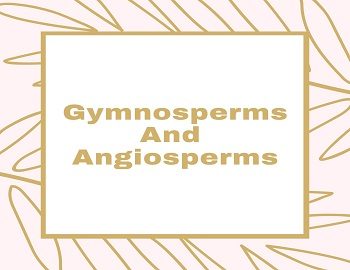
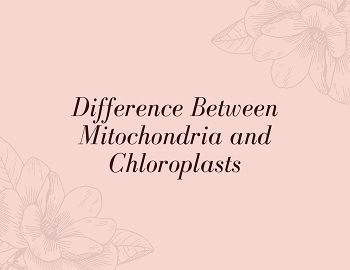


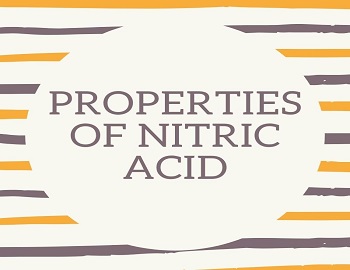
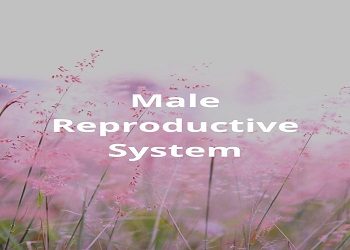

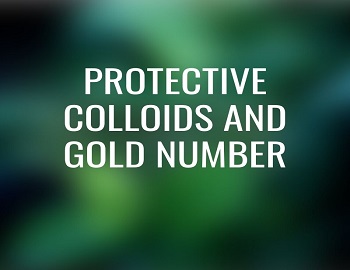

Comments (No)